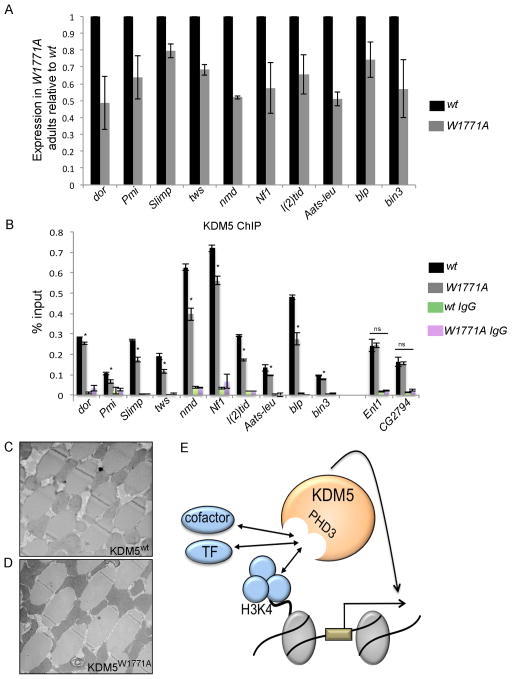Figure 6. The PHD3 motif of KDM5 is important for gene activation.
(A) Real-time PCR comparing mRNA levels of direct KDM5 genes in flies lacking H3K4me2/3 binding (kdm5W1771A; W1771A) and wildtype (kdm5 mutant flies rescued by a wildtype transgene). All genes shown are significantly downregulated in kdm5W1771A flies (p<0.05). (B) anti-KDM5 ChIP-PCR analyses of binding at the target genes indicated in wildtype flies and kdm5W1771A mutant flies. * p<0.05. (C, D) TEM images showing 5K magnifications of mitochondria within thoracic muscles from wildtype flies (KDM5WT; C) and kdm5W1771A mutant flies (KDM5W1771A; D). (E) Model for KDM5 function. KDM5 recruitment to its target mitochondrial function genes is regulated in part through recognition of the chromatin mark H3K4me3, but PHD3-mediated interaction(s) with as yet unidentified transcription factor(s) (TF) and transcriptional co-factors are also likely to be crucial.

